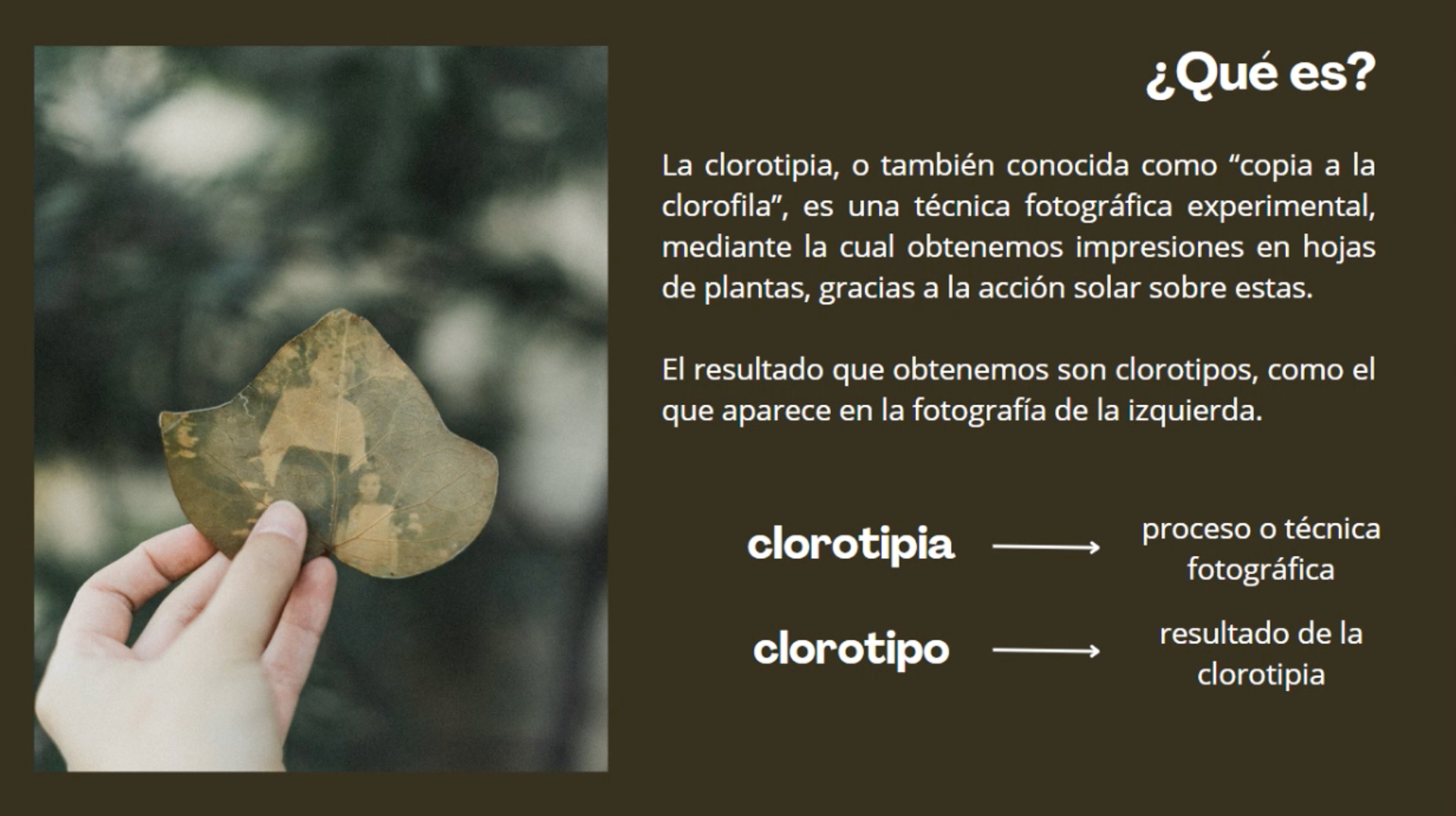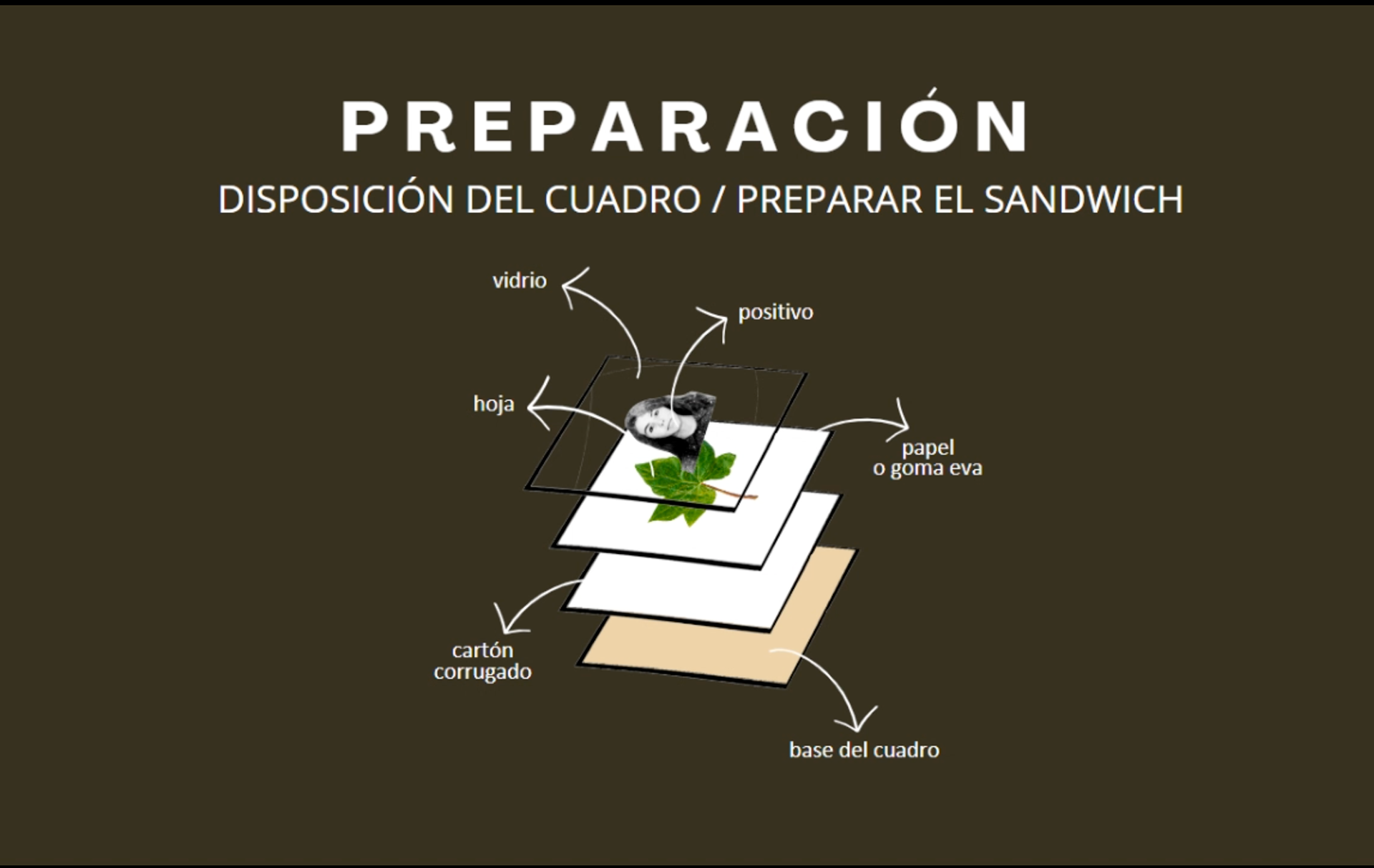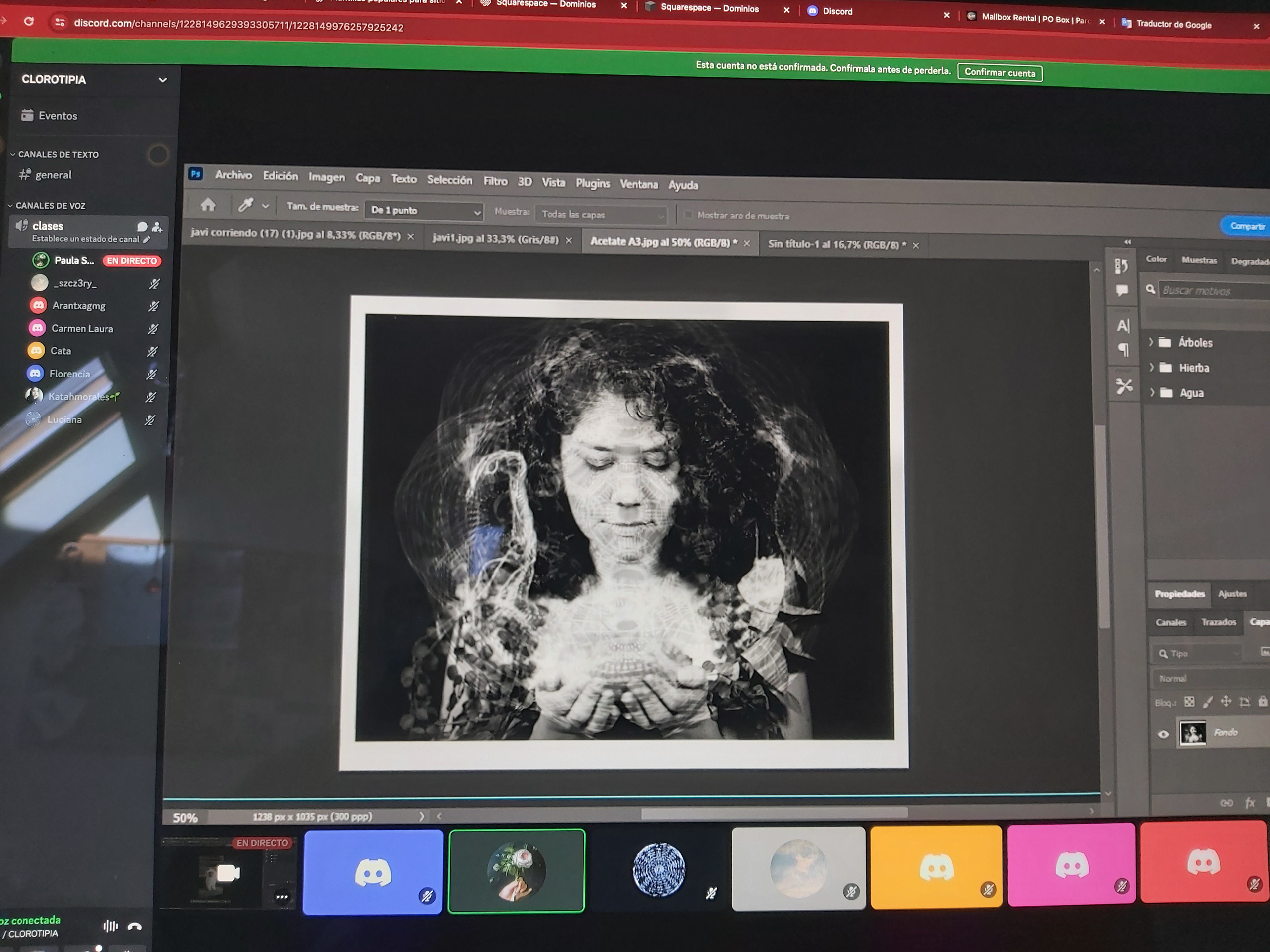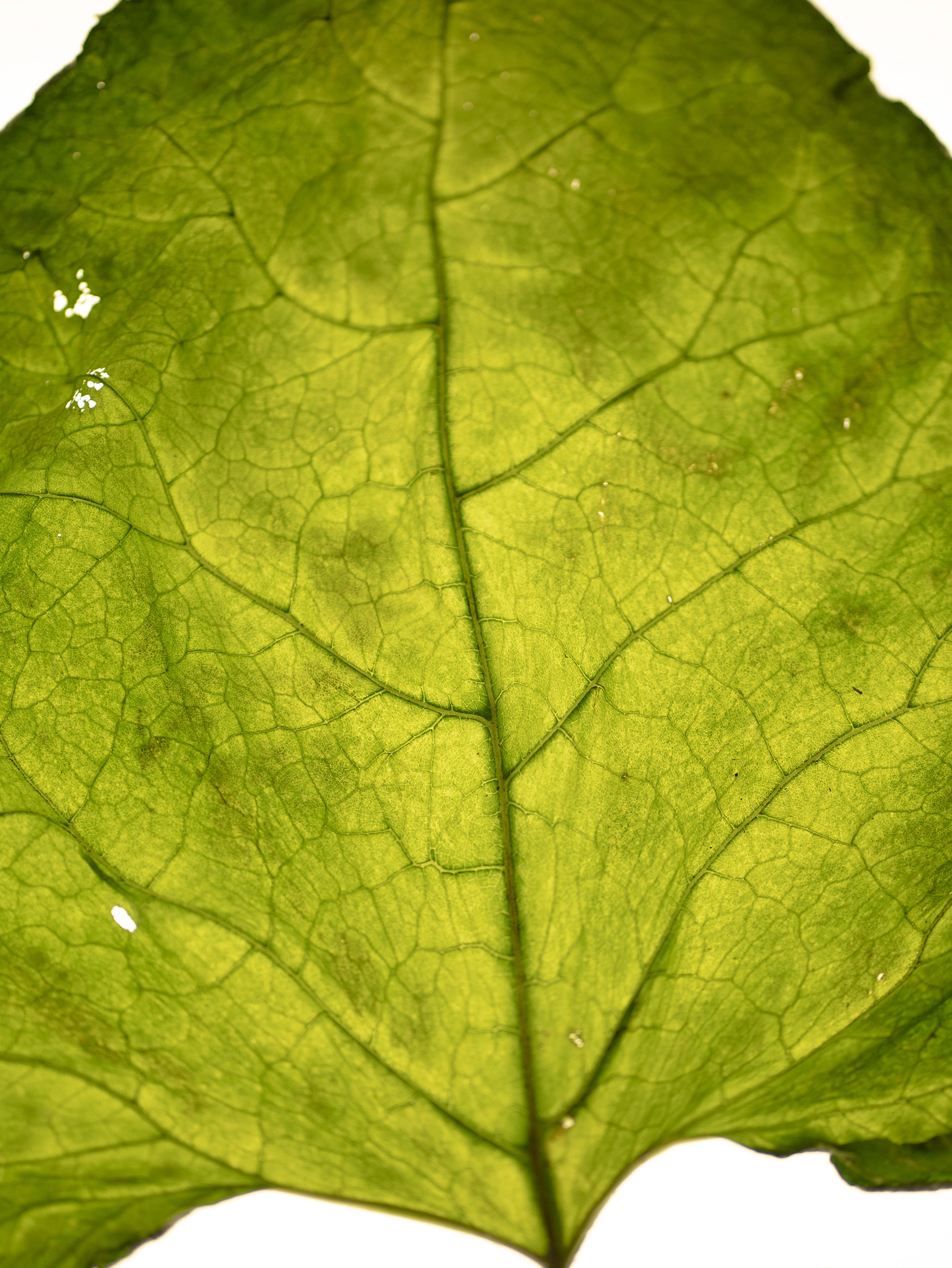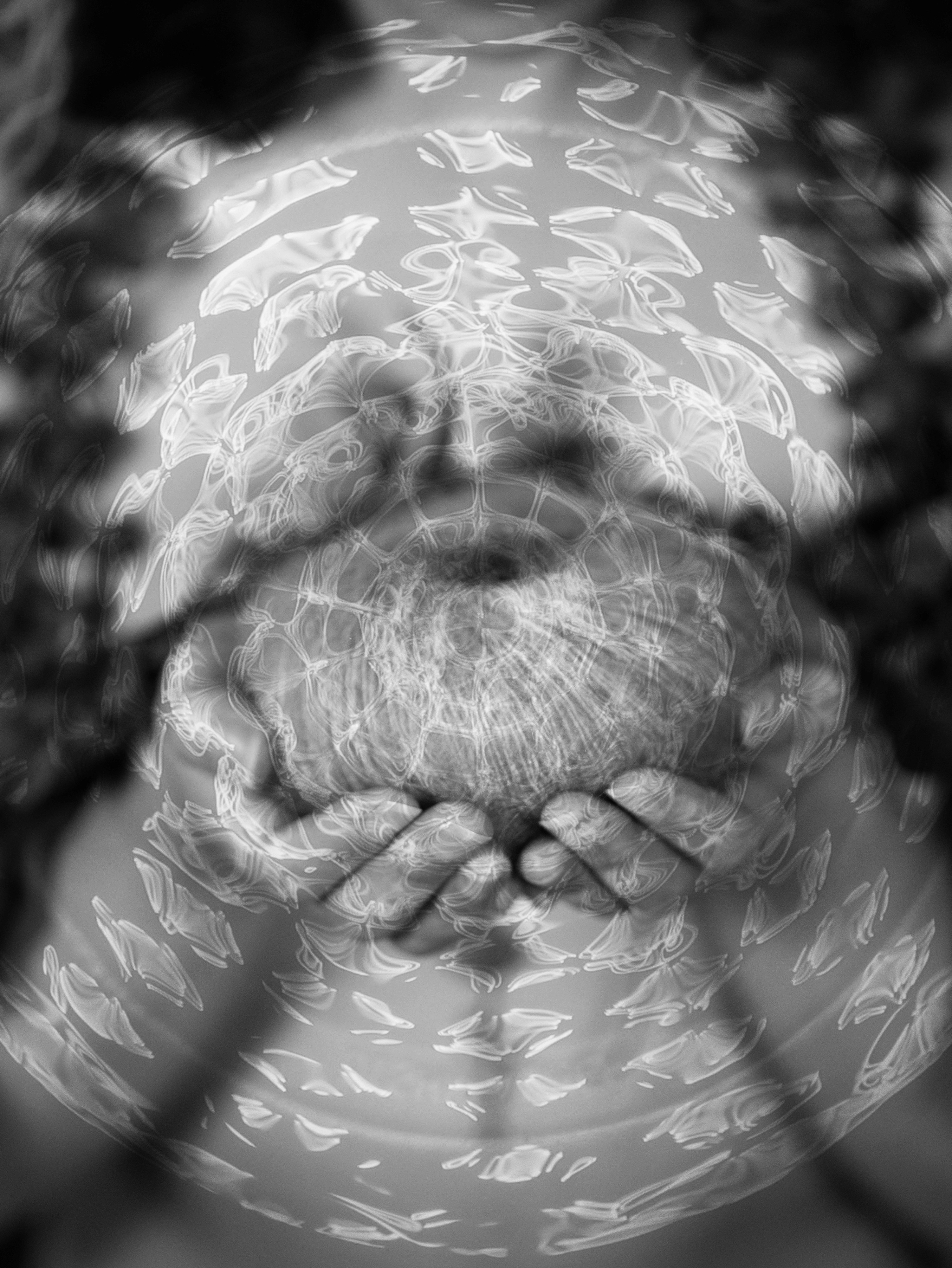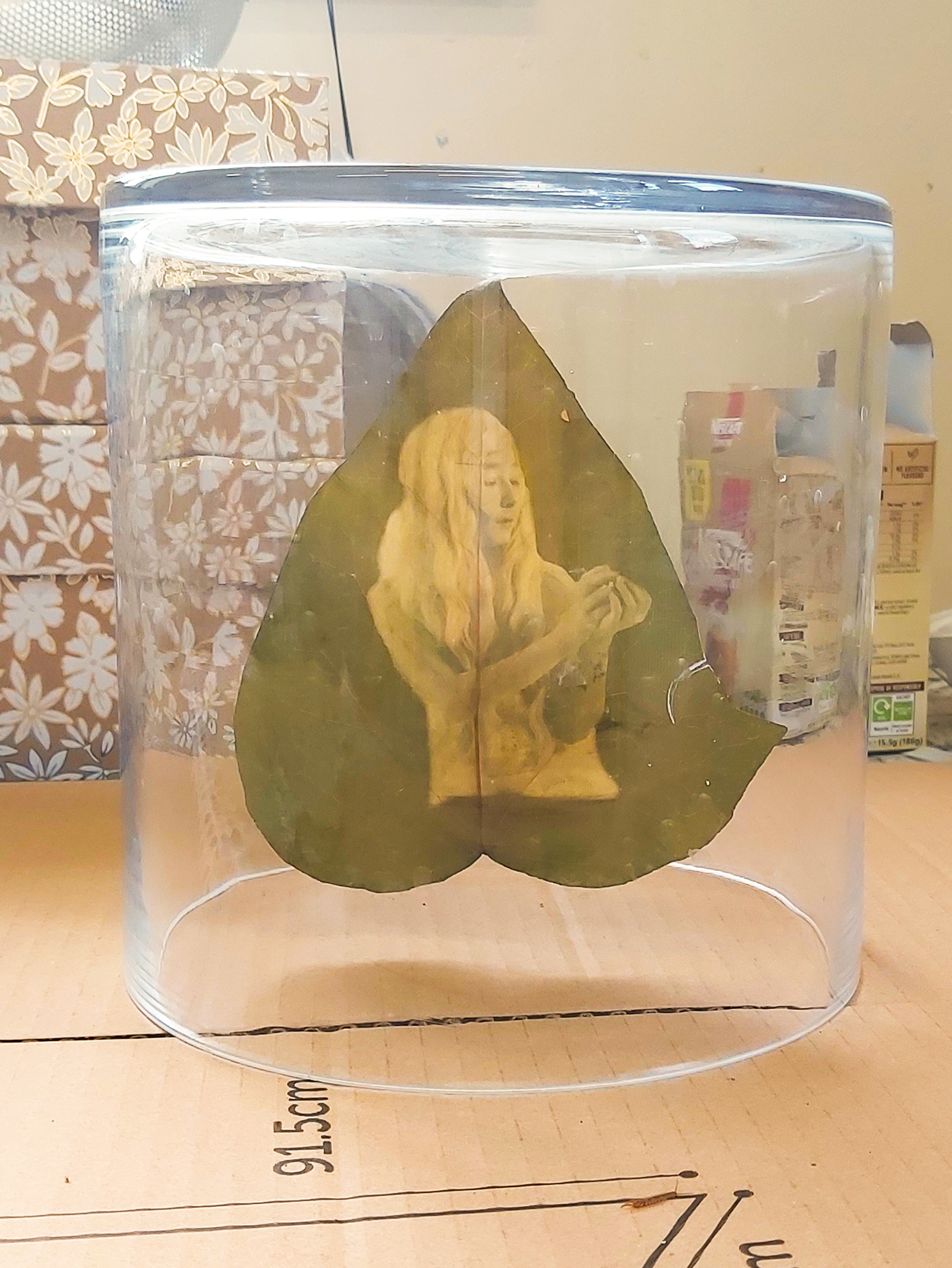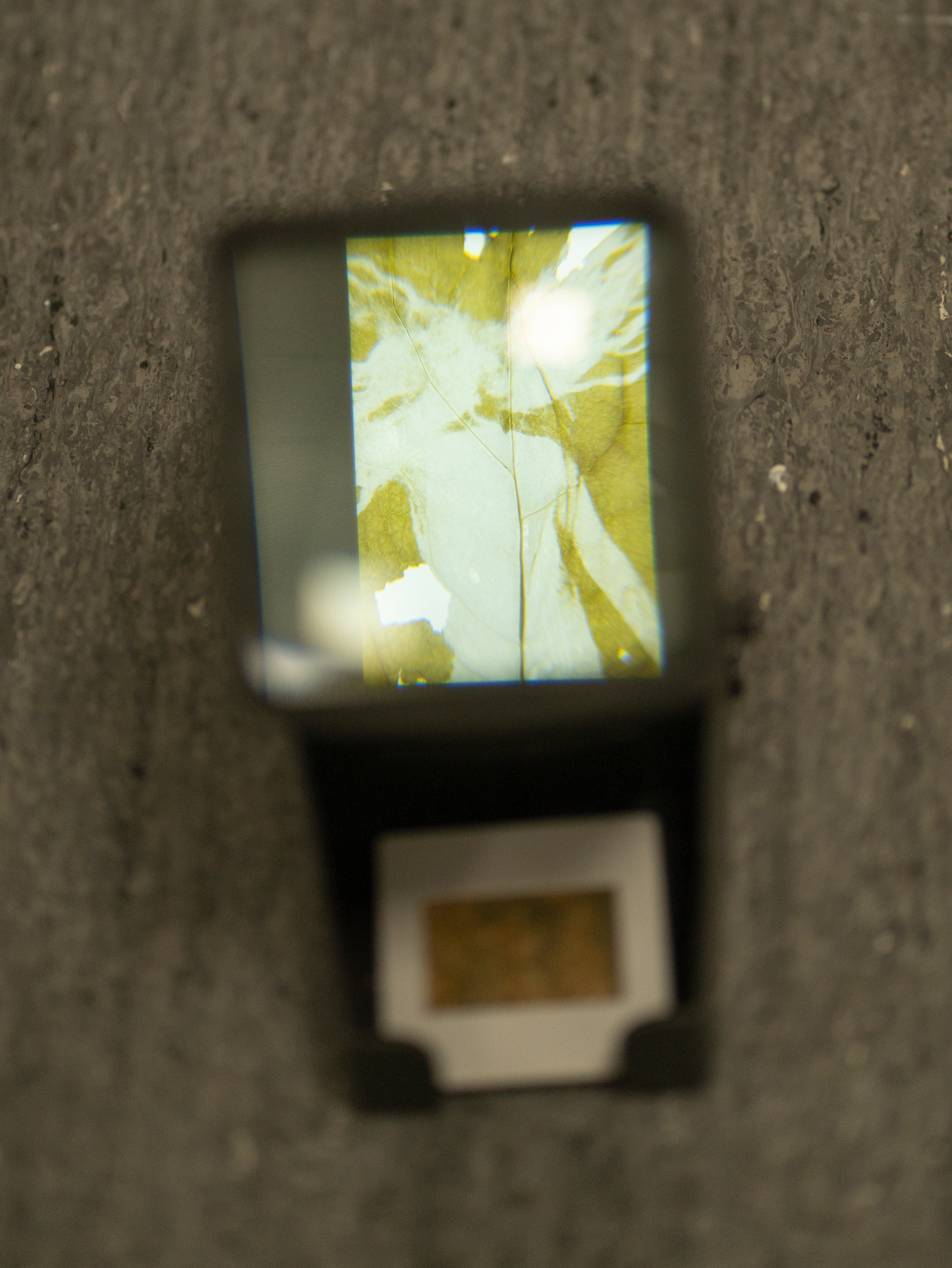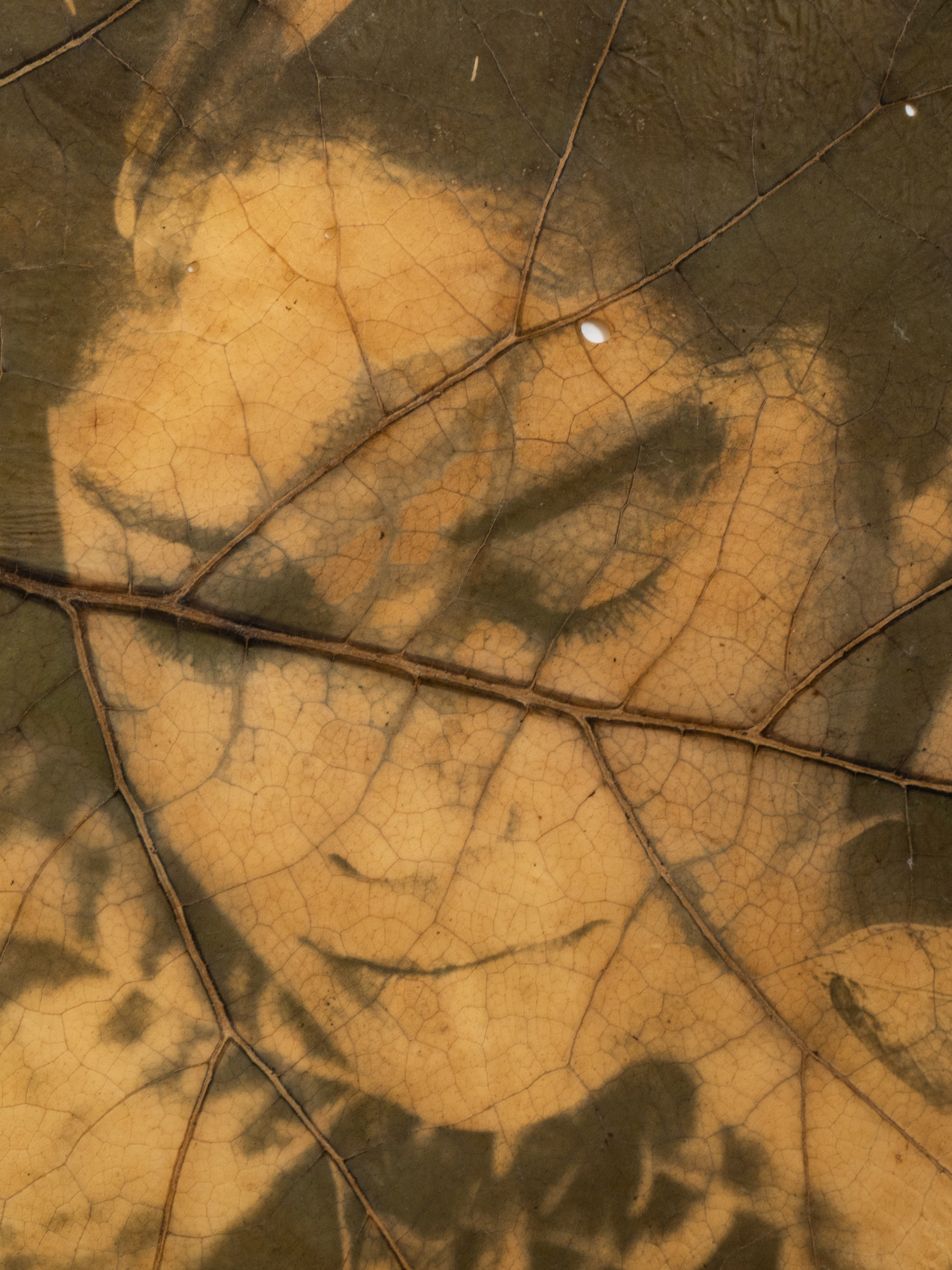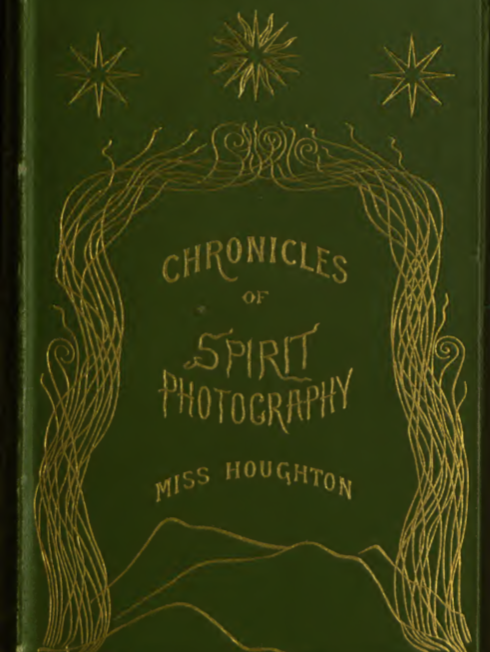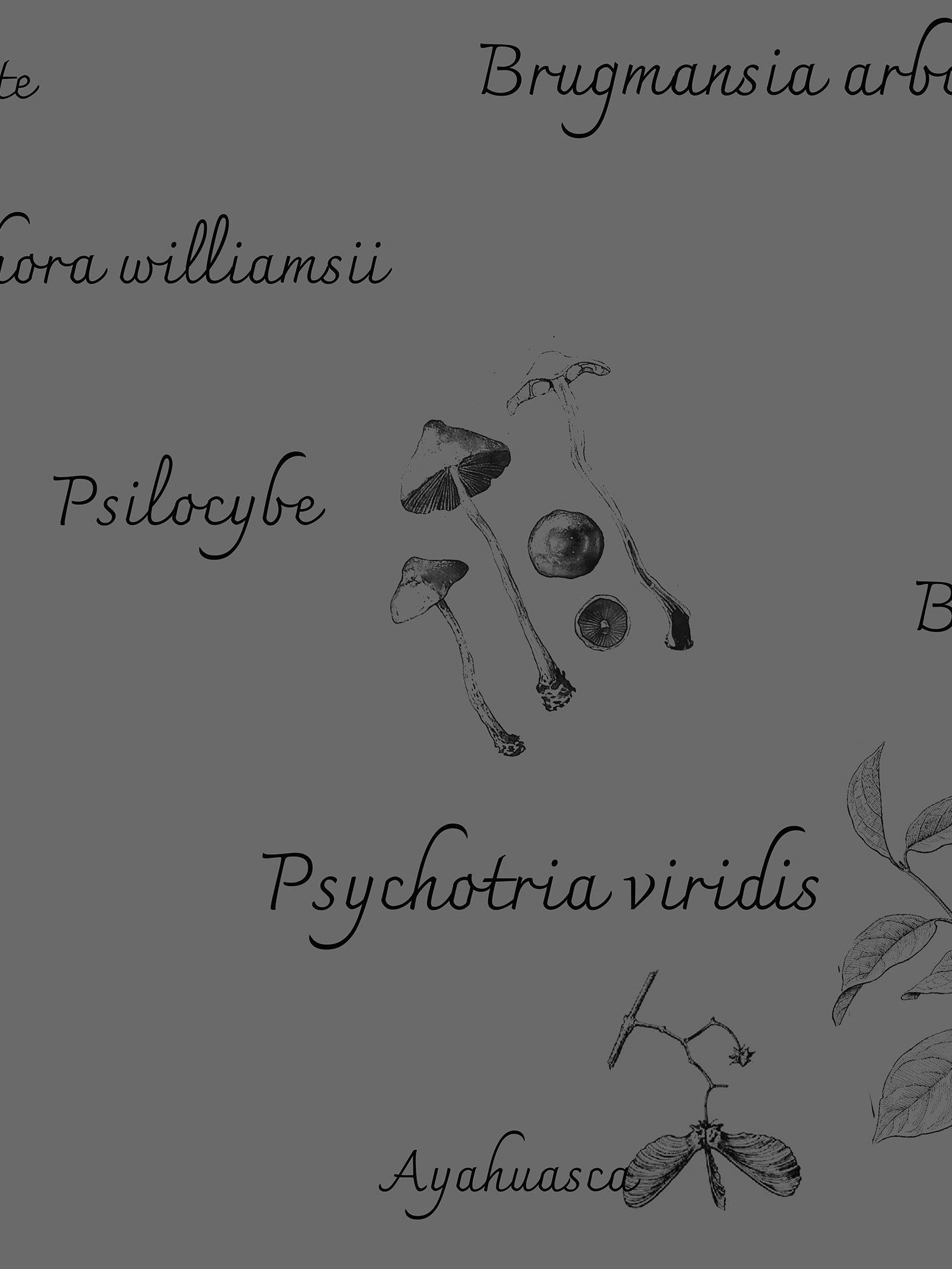Introduction to Chlorophyll Printing
For my final project, I delved into the technique of chlorophyll printing, drawing inspiration from classes, books, and online resources. I also explored artists who use alternative photography techniques, understanding photography as a process that captures images on various surfaces through sunlight.
I learned about anthotype (photographic printing using fruit or plant juices), cyanotype, and caffenol processes, among others.
My research was primarily based on two key resources:
1. "Back to Basics: A Guide to Ecological Photochemistry," edited by The Sustainable Darkroom
2. "Experimental Photography: A Handbook of Techniques," edited by Thames and Hudson
1. "Back to Basics: A Guide to Ecological Photochemistry," edited by The Sustainable Darkroom
2. "Experimental Photography: A Handbook of Techniques," edited by Thames and Hudson
The Chlorophyll Printing Process
This technique is deceptively simple and requires no chemicals to process the film. The materials needed include:
Tree leaves
A glass plate
Wooden plates, foam sheets, paper
Plastic film (such as acetate prints)
You can also create drawings on acetate for printing on the leaf. Once these materials are sandwiched together, they are exposed to direct sunlight, and the magic happens naturally.
Chemically, chlorophyll cells are destroyed where light passes through and preserved where it's blocked, resulting in the impression of an image. It's akin to cooking, sacrificing the leaf's life in the process.
In September 2024, I will attend an intensive course on ecological photographic practices in London with Sustainable Darkroom, featuring artists like Alice Cazenave and Edd Carr.
